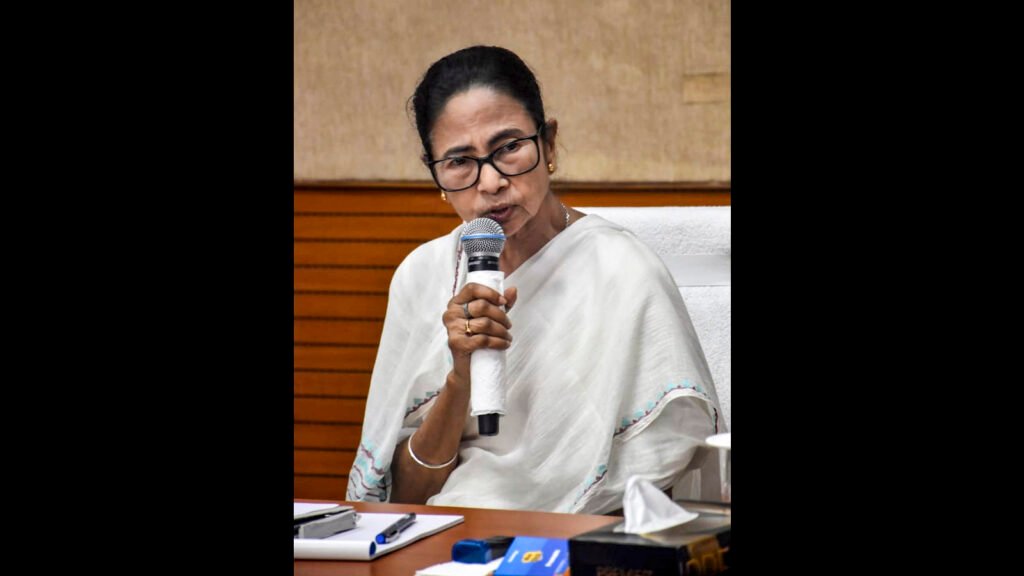Durgapur rape case: Don’t blame women for the violence they suffer

Published on: Oct 25, 2025 10:28 pm IST
Violence against women is systemic and structural, perpetuated by the patriarchal society we live in.
West Bengal chief minister Mamata Banerjee’s remark in the context of the rape of a medical student in her state, that the latter shouldn’t have been out so late at night, is worrying. This is almost always the unthinking response from many people when sexual crimes against women are reported. In Deepa Mehta’s gripping documentary on causes leading to the Delhi gangrape of 2012, Anatomy of Violenceone of the convicts kept reiterating — almost indignantly — that the woman who died of her injuries after a horrific rape inflicted on her by him and his friends should not have been out that late. In the case of domestic violence too, the oft repeated claim is that the woman is somehow responsible because of her behaviour, her inability to cook the right type of food or her not being able to produce a male. child. This violence against women is so normalized that in a survey of lower court judges some years ago, many of them said that it was perfectly all right for a man to slap his wife for misdemeanours at home.

This kind of reaction comes at a time when it is universally acknowledged that violence against women and girls has a “multi-dimensional effect and impacts economy both in the short-term and long-term”. Actually, Impact of Socio-Economic Status on Domestic Violence against Women in Eastern Indiapublished in 2024, showed a “negative association between the family’s income and both domestic physical and psychological violence experienced”.
Reactions like Banerjee’s only further restrict women to segregated public spaces, public transport, and different queues in public places. Women should not be shut out of common spaces where they have every right to be seen and be safe. No woman should be made to feel guilty when violence is visited on her. It is not because she was out alone at night or because she failed to cook properly or wear modest clothes. It is because such violence is accepted and normalized as a minor aberration worthy of maybe a gentle admonishment but not worthy of serious punishment.
Violence against women is systemic and structural, perpetuated by the patriarchal society we live in. Married survivors of violence often face a lack of both State support and acceptance in their natal homes.
According to the NCRB data, crimes against women have increased by 12.9% from 2018 to 2022. The silver lining is that reporting mechanisms have improved and that women are able and willing to speak out about their experiences. The categories that registered the highest number of violent incidents were cruelty by husband and relatives, kidnapping and abduction, assault with intent to outrage modesty and rape. At least, 31.4% of Indian women between the ages of 18 and 49 report having at least once experienced domestic abuse, according to the National Family Health Survey (NFHS-5). If this were not enough, the digital space is another in which women face threats. A USAID report says, “Male dominance in online spaces and gendered cultural norms often make the internet inhospitable for women and girls…This further perpetuates the patriarchal notion that women are unwelcoming in public spaces.”
Every effort should be to strengthen the implementation of laws and protection against all forms of violence and in particular ensure women-centred development and jobs that lead to strengthening the economic. empowerment of women.
The views expressed are personal





